Table of Contents
If you’re a fan of the Bichon Frise, you might be curious about where Bichon Frise originate from. These small, fluffy dogs are known for their playful personalities and adorable looks, but where do they come from?
The answer is a bit complex, as the Bichon Frise has a long and varied history that spans multiple countries and centuries.
One of the earliest known references to the Bichon Frise comes from ancient Egypt, where depictions of small, white dogs have been found in artwork dating back to 600 BCE. However, it’s unclear if these dogs are actually ancestors of the modern Bichon Frise.
The breed as we know it today likely originated in the Mediterranean region, with some historians speculating that they were developed in Spain or Italy.
Spanish sailors are believed to have introduced Bichons Frises to the island of Tenerife in the Canary Islands, where Italian sailors later discovered them in the 14th century.
Despite their early origins, it wasn’t until the 16th century that the Bichon Frise began to gain popularity in France. French nobility quickly fell in love with the breed, and they became a fixture in royal courts throughout the country.
Over time, the Bichon Frise became more accessible to the general public, and their popularity continued to grow. Today, they remain a beloved breed around the world.
Key Takeaways
- The Bichon Frise likely originated in the Mediterranean region, with some historians pointing to Spain or Italy as the breed’s birthplace.
- French nobility played a key role in popularizing the Bichon Frise in the 16th century, and they remained a favorite of the royal court for centuries.
- Today, the Bichon Frise is a beloved breed known for their playful personality and adorable looks.
Where Bichon Frise Originate From and Early History
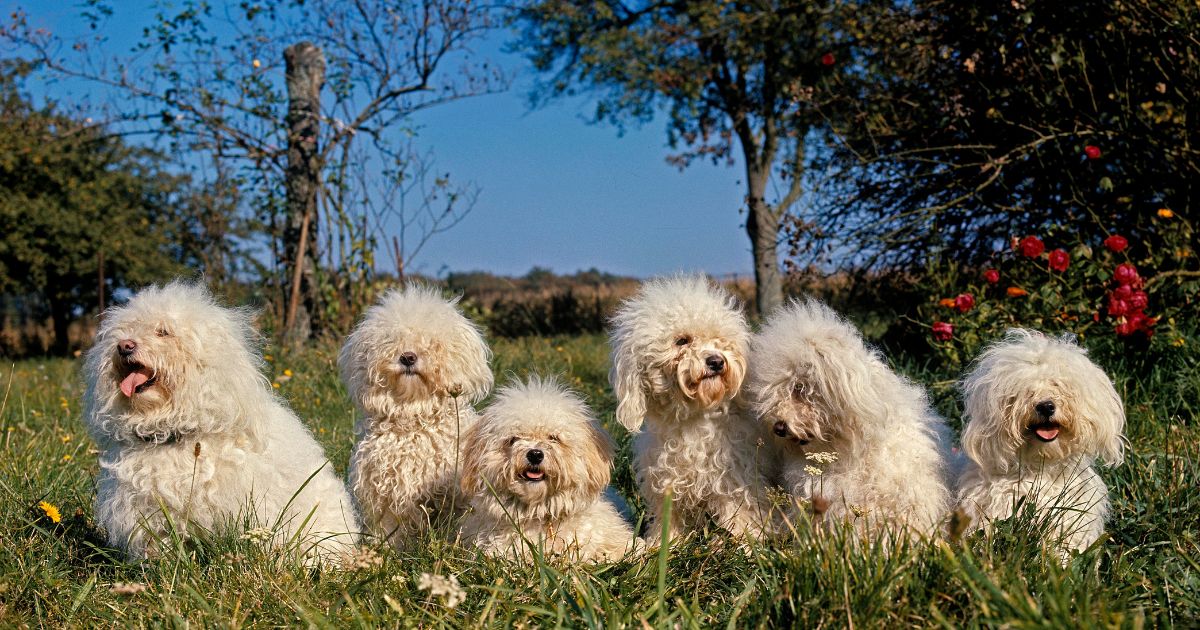
The Bichon Frise is a popular breed of dog known for its fluffy white coats and friendly personality. The breed has a long and rich history that dates back to the 14th century. In this section, we will explore the origins and early history of the Bichon Frise.
14th Century Beginnings
The Bichon Frise originated in the Mediterranean area, along with other breeds of Bichons, such as the Maltese, Bolognese, and Havanese. The exact origins of the Bichon Frise are unclear, but it is believed that the breed descended from the Tenerife dog, a small, white dog that was popular with Italian and Spanish sailors.
The Tenerife dog was brought to the Canary Islands by Spanish sailors, where it was bred with other small breeds to create the Bichon Tenerife. The Bichon Tenerife was a popular breed in the 14th century and was often given as gifts to European nobility.
Renaissance Era
During the Renaissance era, the Bichon Frise became a popular breed among European nobility, including King Henry III and King Francis I. The breed was often depicted in paintings and tapestries, and it was highly valued for its friendly and sociable nature.
The Bichon Frise continued to be popular among European nobility throughout the Renaissance era and into the 17th century. The breed was particularly popular in Italy and France, where it was often kept as a lapdog by the aristocracy.
In conclusion, the Bichon Frise has a long and fascinating history that dates back to the 14th century. The breed originated in the Mediterranean area, and it was popular with Italian and Spanish sailors. During the Renaissance era, the Bichon Frise became a popular breed among European nobility, and it was highly valued for its friendly and sociable nature.
Bichon Frise in France
The Bichon Frise is often associated with France, and for good reason. Although the breed type originally came from Spain and was used as sailing and herding dogs, the French developed them into a gentle lap dog variety.
French Royalty and Nobility
The Bichon Frise became a favorite of French royalty and nobility during the Renaissance. King Francis I and King Henry III of France were known to have owned Bichon Frises. In fact, Henry III was so enamored with his Bichon Frise that he carried it with him everywhere he went, even into battle.
The breed’s popularity continued to grow throughout the centuries, and by the 19th century, Bichon Frises were a common sight on the streets of Paris. They were often used by street entertainers, circuses, and organ grinders.
French Revolution Impact
The French Revolution had a significant impact on the Bichon Frise breed. Many of the aristocrats who owned Bichon Frises were executed or forced to flee the country. As a result, the breed’s population declined sharply.
However, the Bichon Frise survived thanks to the efforts of French breeders who continued to breed them. In 1933, the first Bichon Frise club was formed in France, and in 1934, the breed was officially recognized by the French Kennel Club.
Today, the Bichon Frise is still a beloved breed in France and around the world. They are known for their friendly and affectionate nature, as well as their curly white coat that requires regular grooming.
Bichon Frise in Spain
The Bichon Frise breed originated in Spain, specifically on the island of Tenerife. They were used as sailing dogs and were prized for their ability to catch rats and other vermin on ships. The breed was also used as herding dogs, particularly for sheep, and was known for their agility, intelligence, and loyalty.
The Bichon Frise was a popular breed among Spanish nobles in the 13th century. They were often given as gifts to royalty and were considered a symbol of wealth and prestige. The breed’s popularity continued to grow throughout the centuries, and they became a common sight in the streets of Spanish towns and cities.
The Bichon Frise’s name comes from the French word “bichon,” which means “small dog.” The breed was brought to France by sailors and was quickly adopted by the French nobility. The French developed the breed into a lapdog variety, which is the Bichon Frise we know today.
Despite the breed’s popularity in France, the Bichon Frise remained a beloved breed in Spain. The breed was recognized by the Spanish Kennel Club in 1933 and has since become a popular breed in many countries around the world.
In summary, the Bichon Frise breed originated in Spain, specifically on the island of Tenerife, where they were used as sailing dogs and herding dogs. The breed was popular among Spanish nobles in the 13th century and remained a beloved breed in Spain even after being adopted by the French.
Bichon Frise in America
The Bichon Frise breed was first introduced to America in the 1950s, but it wasn’t until the 1970s that the breed gained popularity in the United States. The American Kennel Club (AKC) recognized the Bichon Frise as a member of the Miscellaneous Class in 1971 and then as a member of the Non-Sporting Group in 1973.
Arrival and Recognition
The Bichon Frise Club of America was founded in 1964, and since then, the club has worked to promote and protect the breed in the US. The club has also played a significant role in the breed’s recognition by the AKC. In the early days, Bichon Frises were shown in the Miscellaneous Class at AKC dog shows, but in 1973, the breed was moved to the Non-Sporting Group.
The breed’s popularity continued to grow, and in 1975, the Bichon Frise Club of America held its first national specialty show. The show was a huge success, and it helped to cement the breed’s place in the American dog world.
Popularity in Dog Shows
The Bichon Frise has become a popular breed in dog shows across the country. The breed has won Best in Show at the Westminster Kennel Club Dog Show four times, in 1977, 2001, 2018, and 2019. The breed has also won Best in Show at other major dog shows, including the AKC/Eukanuba National Championship and the National Dog Show.
The Bichon Frise is known for its charming personality and its ability to perform tricks, which makes it a crowd-pleaser in the show ring. The breed’s popularity in dog shows has helped to make it one of the most recognizable breeds in America.
In conclusion, the Bichon Frise has come a long way since its arrival in America in the 1950s. Thanks to the efforts of the Bichon Frise Club of America and the breed’s popularity in dog shows, the Bichon Frise has become a beloved breed in the US.
Characteristics and Traits
Physical Features
The Bichon Frise is a small dog breed that exudes charm and elegance. They have a compact, sturdy body with a height of 9.5 to 11.5 inches at the withers and weigh between 12 to 18 pounds. Their coat is one of their most distinguishing features with corkscrew curls that feel plush to the touch. The coat colors of Bichon Frise can vary from pure white to white and cream, white and buff, or white and apricot.
Temperament
Bichon Frise is known for being sociable, affectionate, and easy to train. They are lapdogs who love to be around their family and are always eager to please their owners. They are playful and always up for a game of fetch or a walk in the park. Bichon Frise is also known for their adaptability and can thrive in different living conditions. They are great with children and other pets and make excellent family dogs.
Training and Agility
Bichon Frise is easy to train and responds well to positive reinforcement. They are intelligent dogs and excel in obedience and agility training. They are eager to learn new tricks and commands and enjoy the mental stimulation that comes with training. They are also good at agility training and can participate in agility competitions.
In summary, Bichon Frise is a charming and elegant small dog breed known for its plush coat and sociable temperament. They are affectionate and easy to train, making them great family dogs. They excel in obedience and agility training and enjoy the mental stimulation that comes with training.
Health Concerns
As with any breed, the Bichon Frise is prone to certain health issues. It is important to be aware of these potential problems so that you can take the necessary steps to prevent or manage them.
One common health concern in Bichons is cataracts. These cloudy areas in the eye can cause vision loss and may require surgical intervention. Regular check-ups with a veterinarian can help catch cataracts early and ensure that your dog receives appropriate treatment.
Another issue to watch out for is allergies. Bichons can be sensitive to environmental allergens such as pollen or dust, as well as certain foods. Symptoms of allergies may include itching, redness, and recurrent ear infections. If you suspect that your Bichon has allergies, speak with your vet about possible treatment options.
Patellar luxation is another condition that can affect Bichons. This occurs when the kneecap slips out of place, causing pain and difficulty walking. Surgery may be necessary to correct severe cases of patellar luxation.
Autoimmune hemolytic anemia (AIHA) is a serious condition that can affect Bichons, among other breeds. This occurs when the immune system attacks and destroys red blood cells, leading to anemia and other complications. Treatment may include blood transfusions and immunosuppressive drugs.
Finally, idiopathic pulmonary fibrosis (IPF) is a rare but serious condition that can affect Bichons. This progressive lung disease causes scarring and thickening of the lung tissue, making it difficult for the dog to breathe. While there is no cure for IPF, treatment may include oxygen therapy and medications to manage symptoms.
Overall, while Bichons can be prone to certain health issues, with proper care and attention, many of these conditions can be prevented or managed effectively. Regular check-ups with a veterinarian, a healthy diet, and plenty of exercise can all help keep your Bichon happy and healthy for years to come.
Bichon Frise Relatives
The Bichon Frise is related to several other breeds, including the Bolognese, Havanese, and Maltese. These breeds share many similarities with the Bichon Frise, including their small size, curly coats, and friendly personalities.
Bolognese, Havanese, and Maltese
The Bolognese, Havanese, and Maltese are all members of the Bichon family, which also includes the Bichon Frise. Like the Bichon Frise, these breeds were developed in the Mediterranean region and were popular among European nobility in the 13th century. The Bolognese, Havanese, and Maltese are all small, toy breeds with curly coats and friendly personalities.
The Bolognese is a rare breed that originated in Italy. It is similar in appearance to the Bichon Frise but has a longer, silkier coat. The Havanese, which originated in Cuba, is also similar in appearance to the Bichon Frise but has a longer coat that can be straight or curly. The Maltese, which originated in Malta, is also a small, toy breed with a long, silky coat.
Barbet and Water Spaniel
The Bichon Frise is also related to the Barbet and Water Spaniel breeds. These breeds were used as hunting dogs in Europe and were known for their ability to retrieve game from water. The Barbet is a medium-sized breed with a curly coat that is similar in appearance to the Bichon Frise. The Water Spaniel is a larger breed with a curly coat that can be black, brown, or white.
While these breeds share some similarities with the Bichon Frise, they also have distinct differences in appearance and temperament. The Bichon Frise is known for its friendly, playful personality and its distinctive white, curly coat. The breed standard for the Bichon Frise calls for a small, sturdy dog with a round head, dark eyes, and a black nose.
Bichon Frise Today
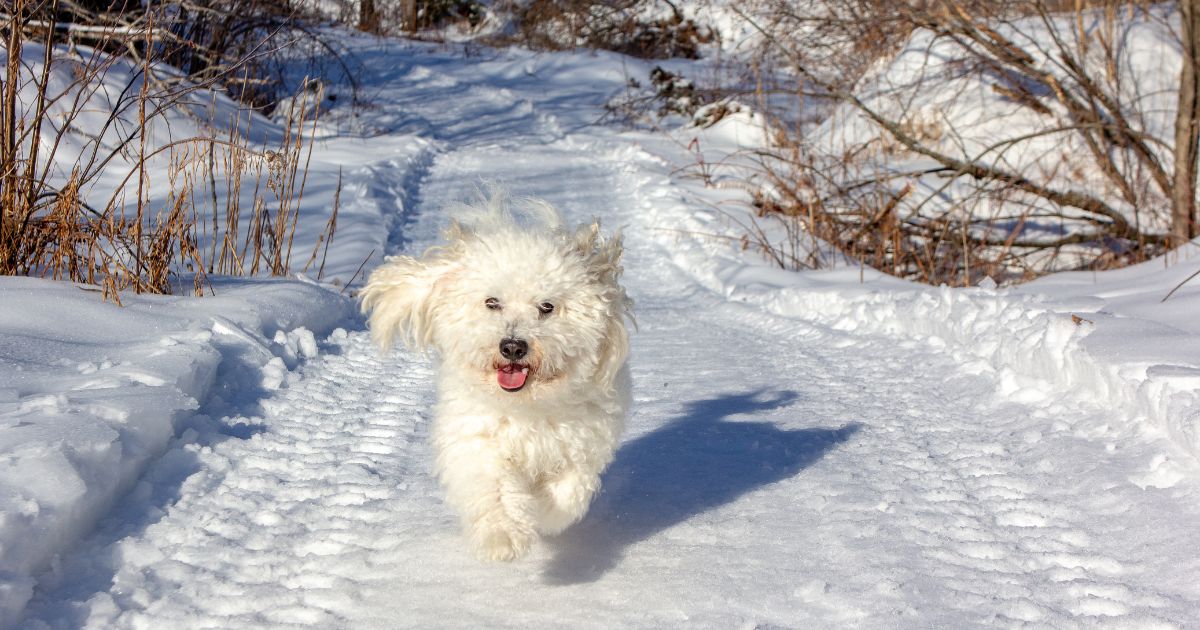
If you are considering getting a Bichon Frise puppy, you are in good company. This breed has been popular for centuries and remains a beloved companion animal today. Breeders around the world continue to produce healthy, happy Bichon Frise puppies for families to enjoy.
The Bichon Frise has come a long way since its origins in the Mediterranean area. In the 1950s, the breed was nearly extinct, but a dedicated group of breeders worked hard to save it. Today, the Bichon Frise is recognized by kennel clubs around the world and is a popular choice for families and individuals seeking a loyal, loving companion.
Thanks to their small size and friendly nature, Bichon Frises make great indoor pets. They are well-suited for apartment living and do not require a lot of outdoor exercise. However, they still enjoy spending time outdoors and benefit from daily walks and playtime.
Housebreaking a Bichon Frise can be a challenge, but with patience and consistency, it is possible. These dogs are intelligent and eager to please, so positive reinforcement training techniques are recommended.
The Bichon Frise is also known for its association with the upper class. Paintings by Sir Joshua Reynolds in the 18th century depicted Bichon Frise as companion to the wealthy. Today, the breed is enjoyed by people from all walks of life, but its regal history is still evident in its elegant appearance and charming personality.
In conclusion, the Bichon Frise is a delightful breed that has captured the hearts of dog lovers for centuries. Whether you are looking for a loyal companion or a lap dog, a Bichon Frise puppy may be the perfect addition to your family.
FAQs
What is the origin of the Bichon Frise breed?
The history of the Bichon Frise is not definitive, but rather a composite of fact and fiction, legend and conjecture that often lacks specific dates and poetic descriptions by the literary giants of antiquity. Some historians believe that the Bichon Frise is descended from the Barbet, a water spaniel, while others believe that it was originally a type of dog from the Canary Islands. The Bichon Frise we know today was developed in France during the 16th century.
What was Bichon Frise originally bred for?
Bichon Frise were originally bred as lapdogs and companions. They were favored by French royalty and were often seen in the courts of Louis XIV and Napoleon III. They were also used as circus dogs due to their intelligence and trainability.
What makes Bichon Frise special?
Bichon Frise are known for their cheerful and affectionate personalities. They are intelligent, trainable, and love to be around people. They are also hypoallergenic, making them a great choice for people with allergies. Their fluffy white coats require regular grooming to prevent matting.
What colors does Bichon Frise come in?
Bichon Frises are always white, but their coats may have shades of cream or apricot around the ears or on the body.
What is the average weight of a Bichon Frise?
The average weight of a Bichon Frise is between 7-12 pounds.
Do Bichons have a favorite person?
Bichon Frise is known for being affectionate and loving towards everyone. They do not typically have a favorite person and will often bond with multiple family members.

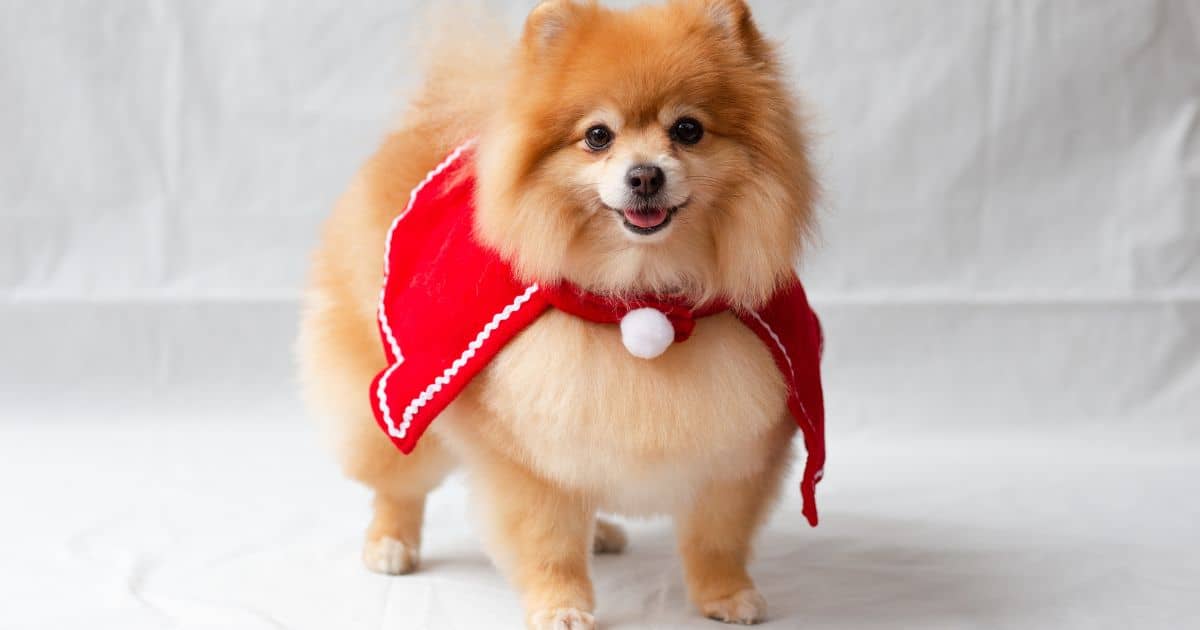
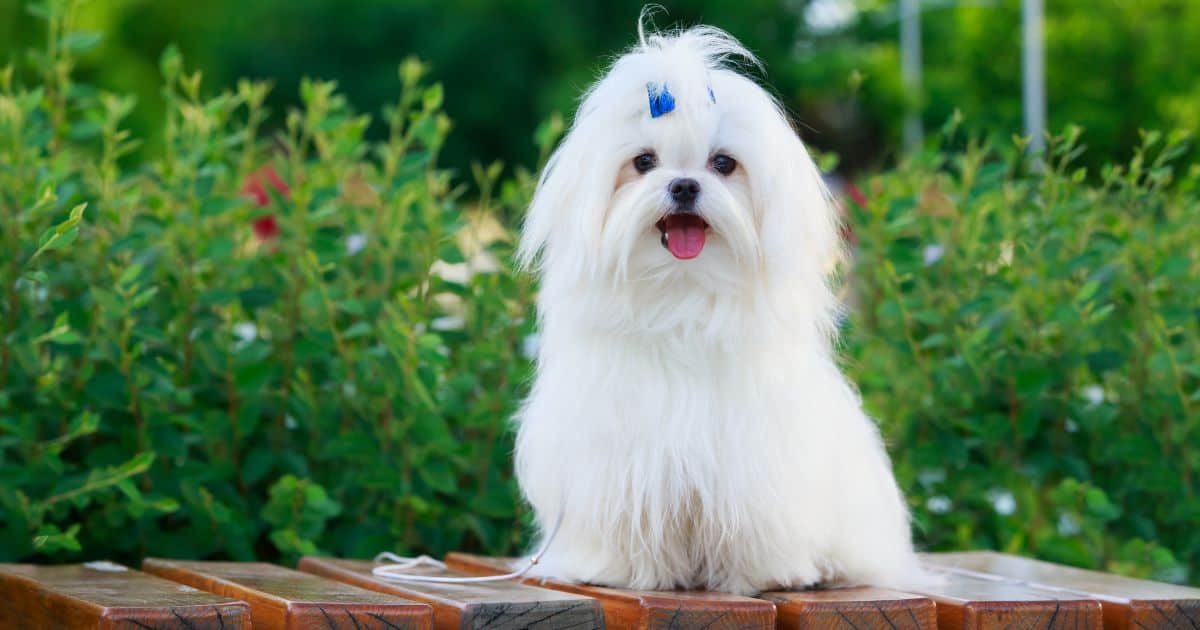
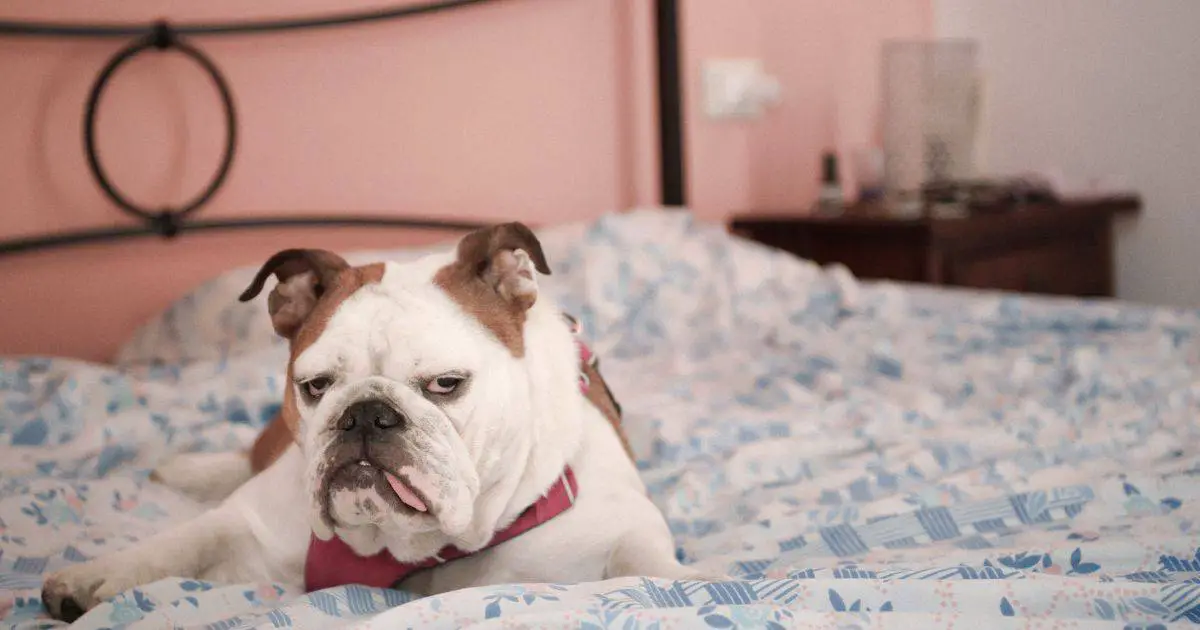
Leave a Reply
You must be logged in to post a comment.